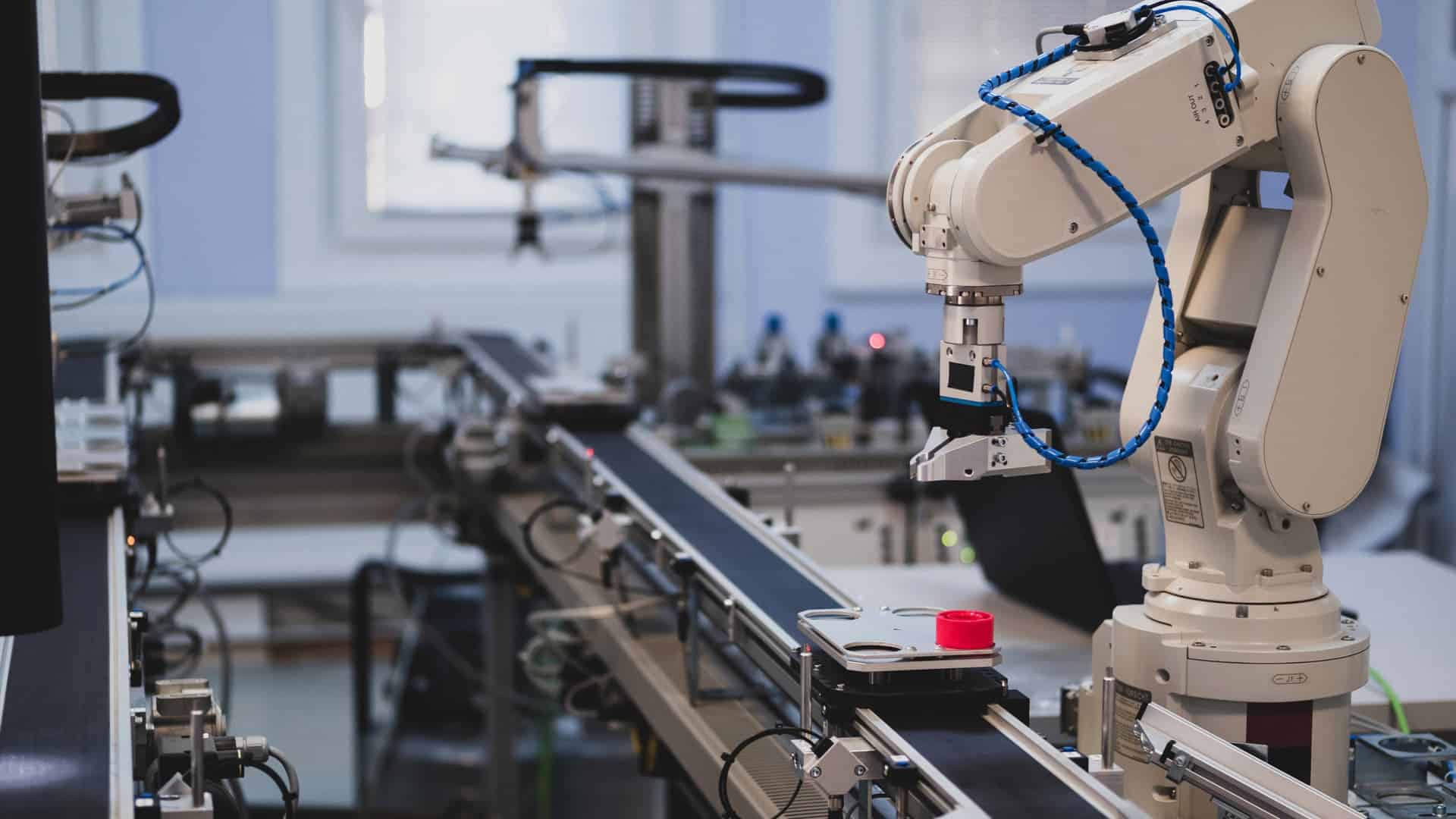
Advantages and Disadvantages of Time-of-Flight Cameras
All depth-sensing technologies have their attendant advantages and disadvantages. There is no “one-size-fits-all” technology that is perfectly suited for every application. For this reason, you

All depth-sensing technologies have their attendant advantages and disadvantages. There is no “one-size-fits-all” technology that is perfectly suited for every application. For this reason, you
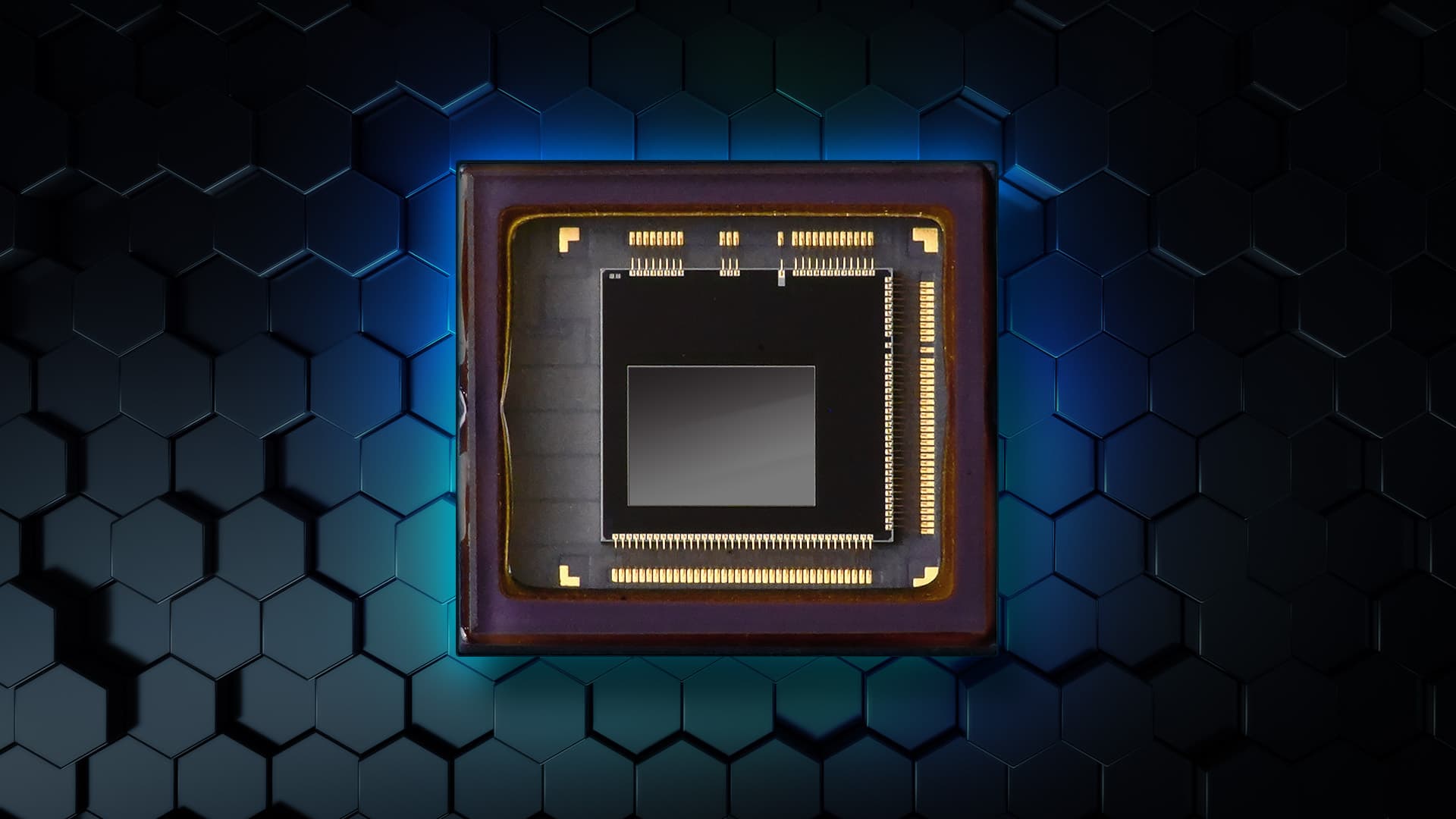
Learn about the advantages of using the Sony IMX570 sensor. Discover why it is the leading sensor and how it can help you get the best results for your application.
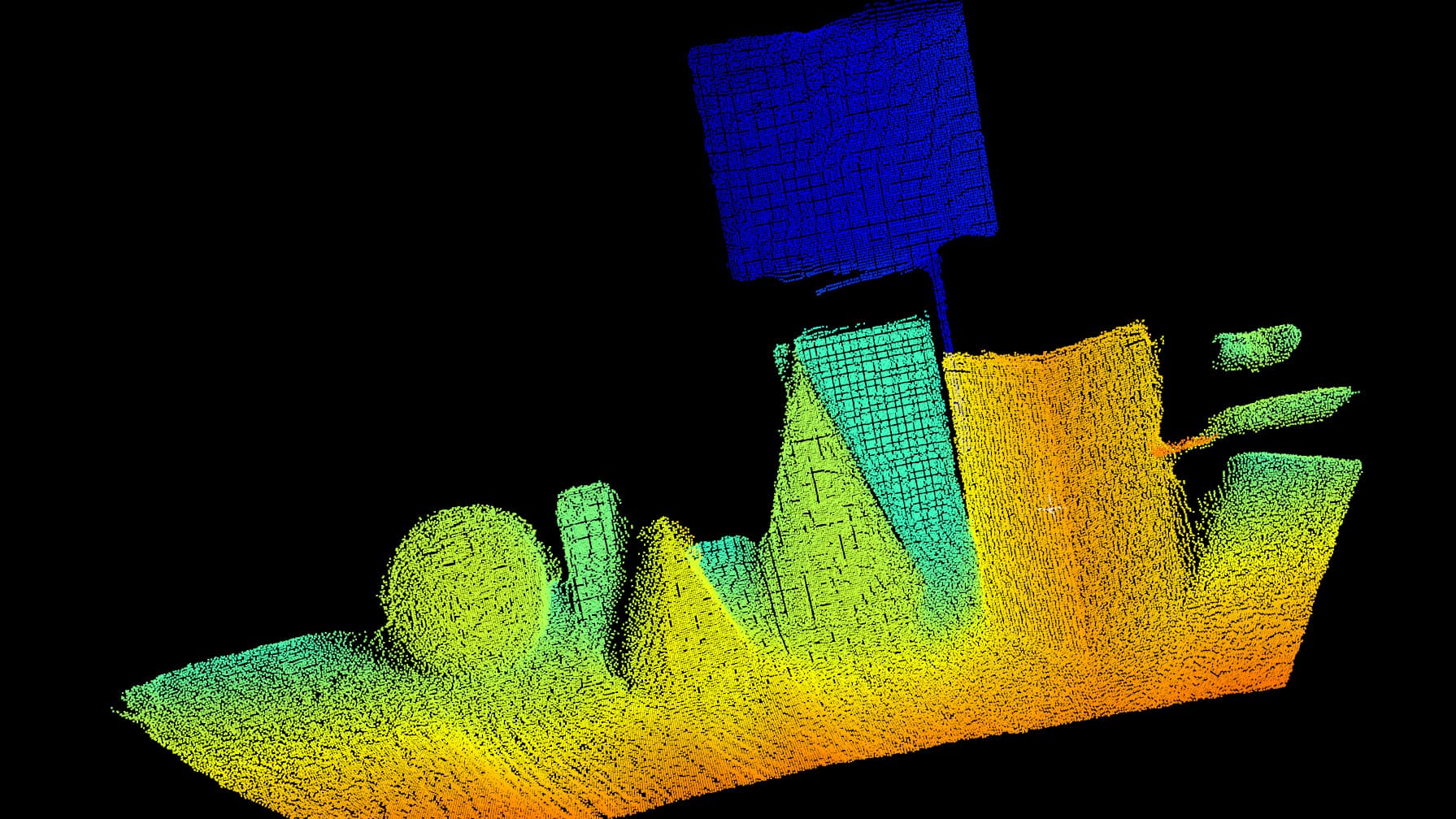
Time of Flight [ToF] is actually a varied suite of technologies. The ultrasonic reversing sensors of your car, for example, are ToF devices that use these use the propagation delay of reflected sound waves to determine the proximity of an object. The delay is the “Time”, and “Flight” is the distance traversed from the emitter to the object and back again.
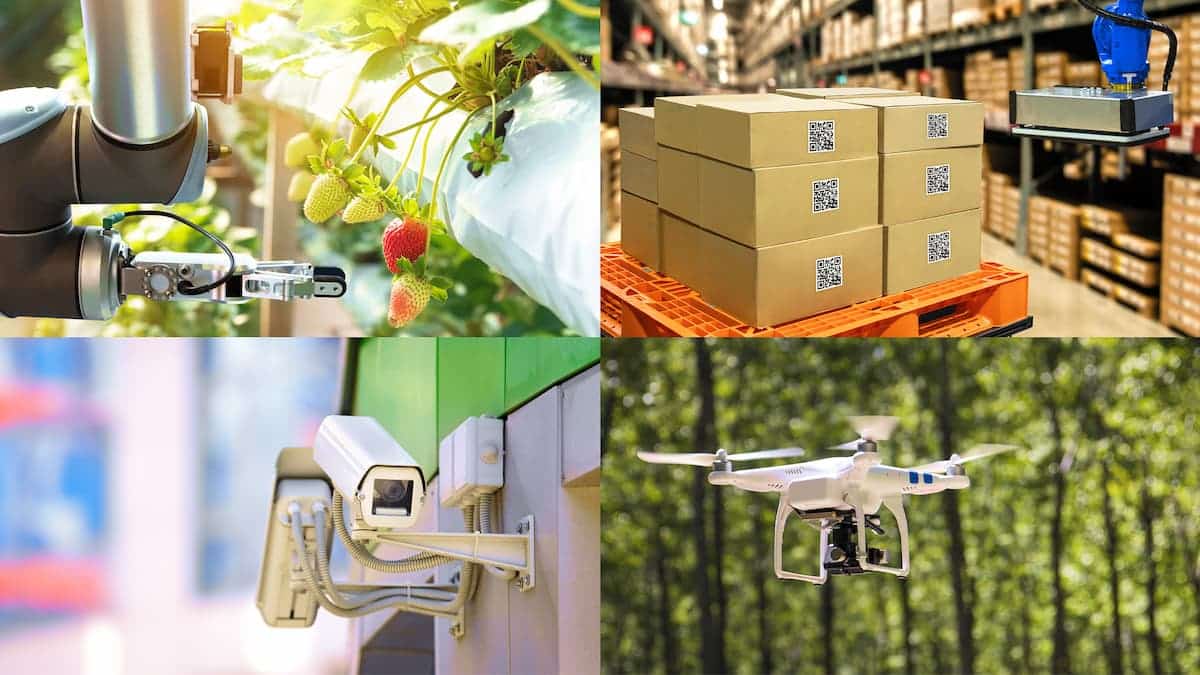
Embedded vision systems are currently making their way into industrial machine vision to further advance miniaturization. They ensure that machine vision systems are getting smaller and more cost-effective by “merging” with the main system.
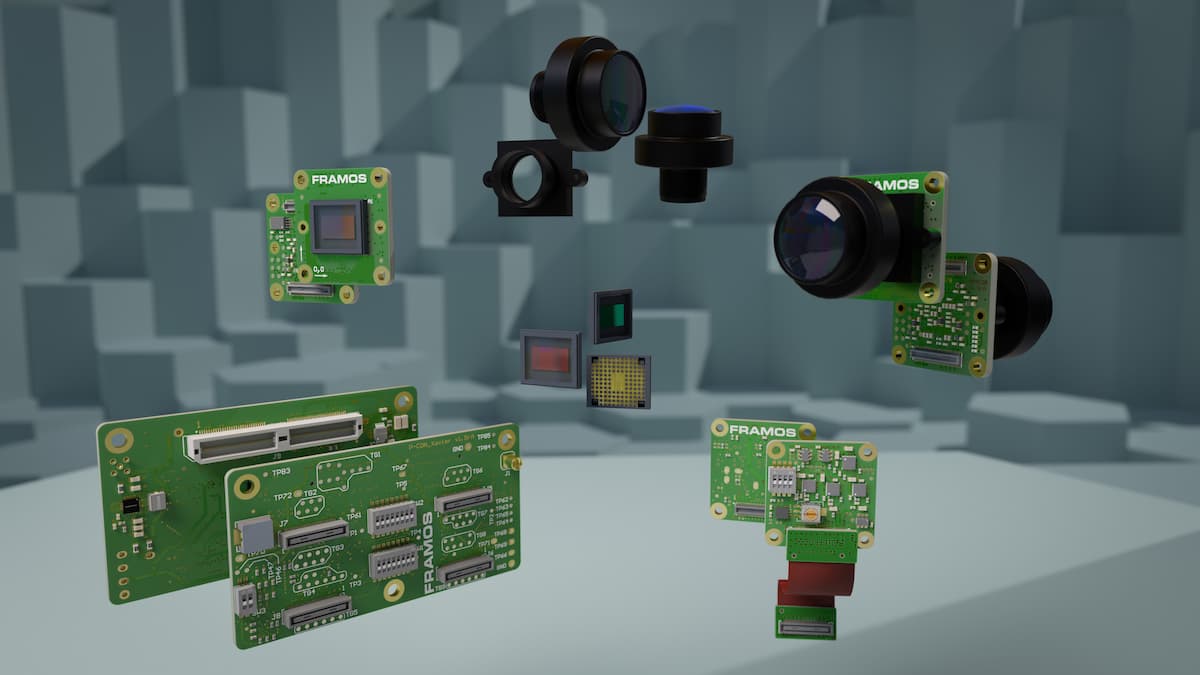
All vision systems share the same core components. They may not be engineered as the discrete modules depicted in this infographic, but they will share
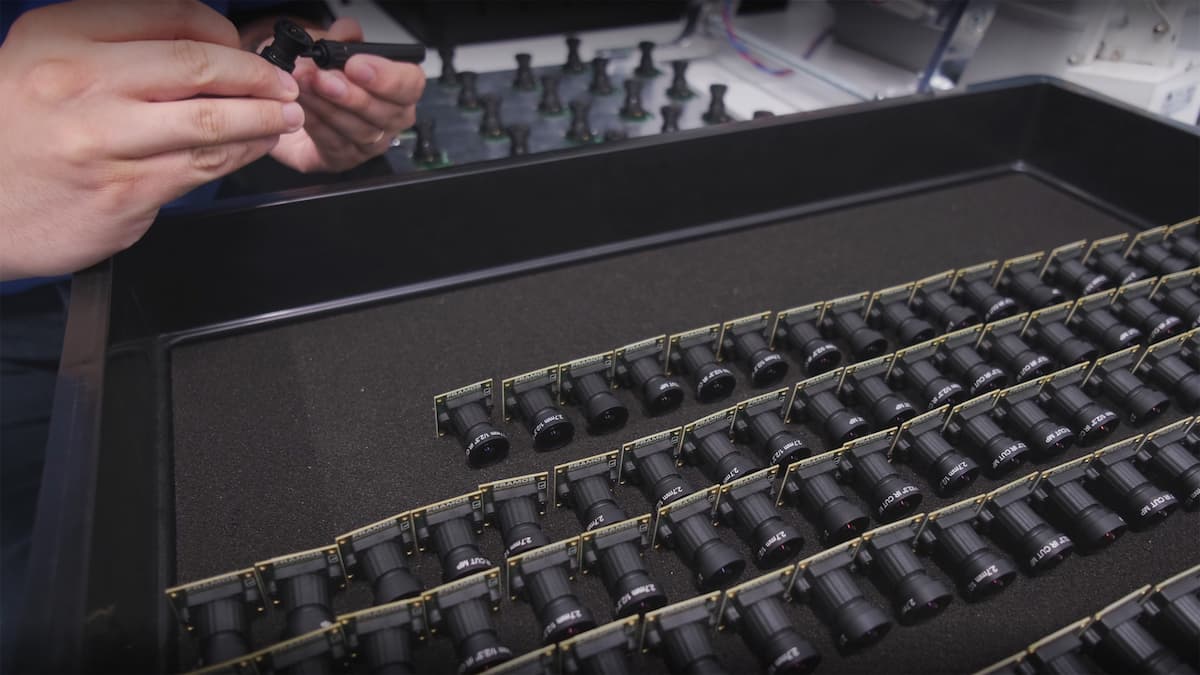
If you need to source or develop a new vision system, you’re immediately faced with a dilemma: can you source an off-the-shelf product that will

When developing a computer vision system, companies are confronted with a dilemma: should they buy an existing off-the-shelf solution, or develop their own?
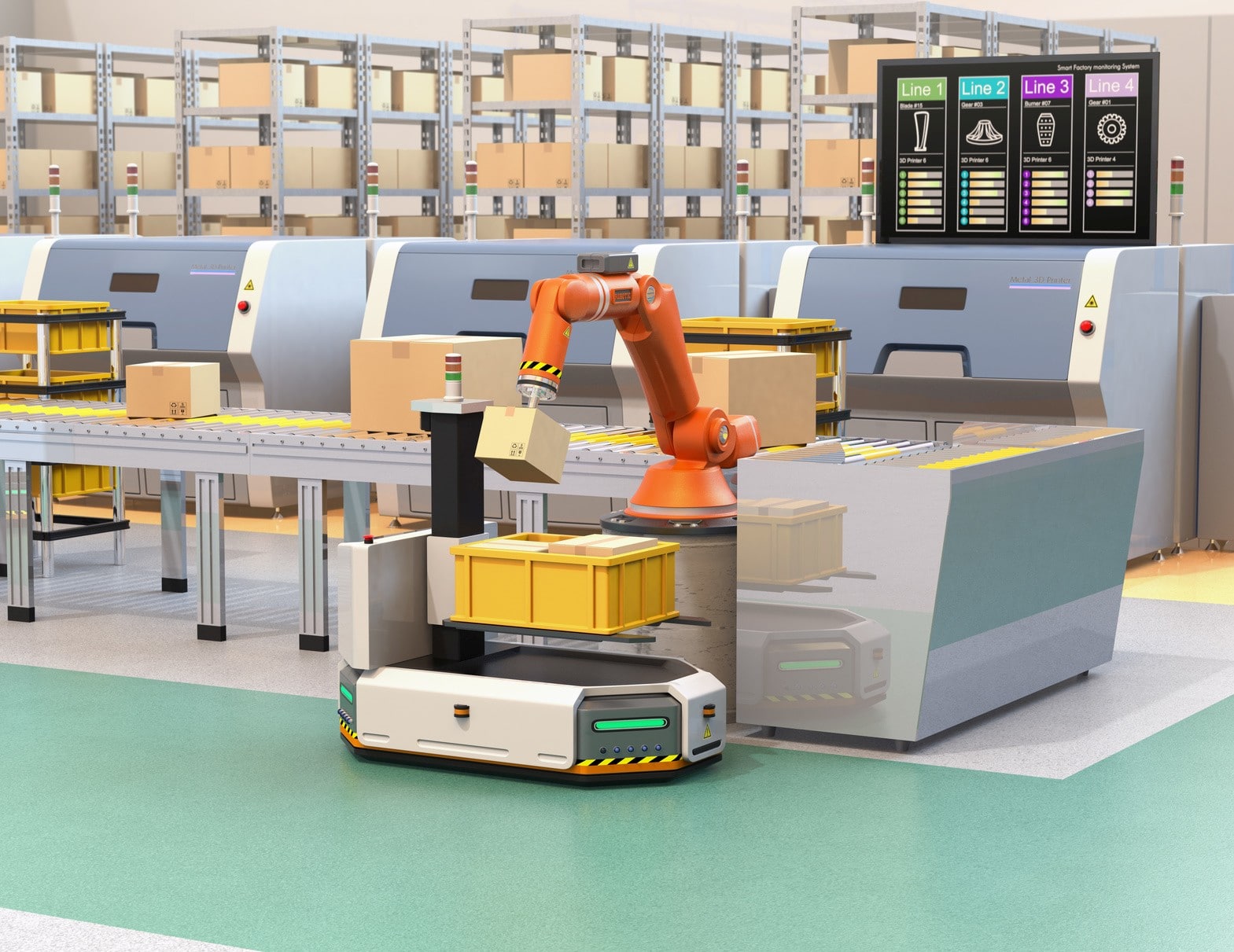
3D cameras for industrial applications have to operate in harsh production environments and reliably detect moving objects at speed, e.g. when the camera is mounted on a robot arm. Stable and latency-free data transmission over extended distances is essential – using GigE Vision, for example – as is straightforward integration.

One of the new and exciting areas that is showing a lot of promise for industrial applications is the use of Near and Short Wavelength Infrared (NIR and SWIR) light to gather information that is not visible to the human eye.

FRAMOS supports augmented reality solutions with OLED microdisplays from Sony Semiconductor Solutions
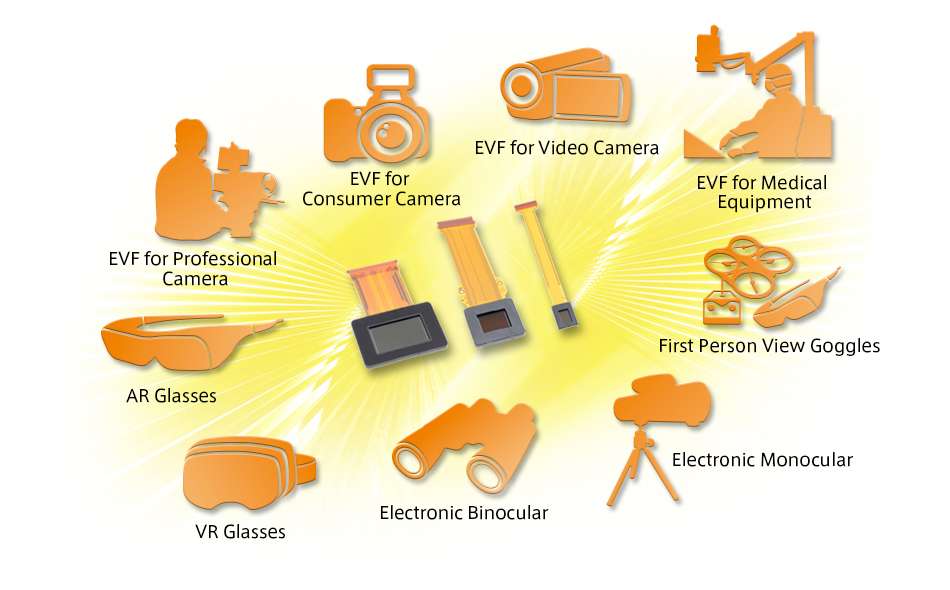
OLED (Organic LED) Mircodisplays from Sony® Semiconctur Solutions are cutting-edge small video display providing fast response, high-contrast image technology and precise color reproduction, developed for applications in AR/VR/MR, broadcasting, electronic view finders, industrial maintenance and medical. Evaluate the best OLED Microdisplay for your Vision Project.

Sony Semiconductor Solutions has strongly invested in R&D to overcome the inherent challenges of OLED micro-display technology. Exceptional results prove them right – like a long lifespan, stable brightness and the new burn-in avoiding Orbit technology.
Locations
Contact Us
Monday – Friday
9am – 5pm
Newsletter